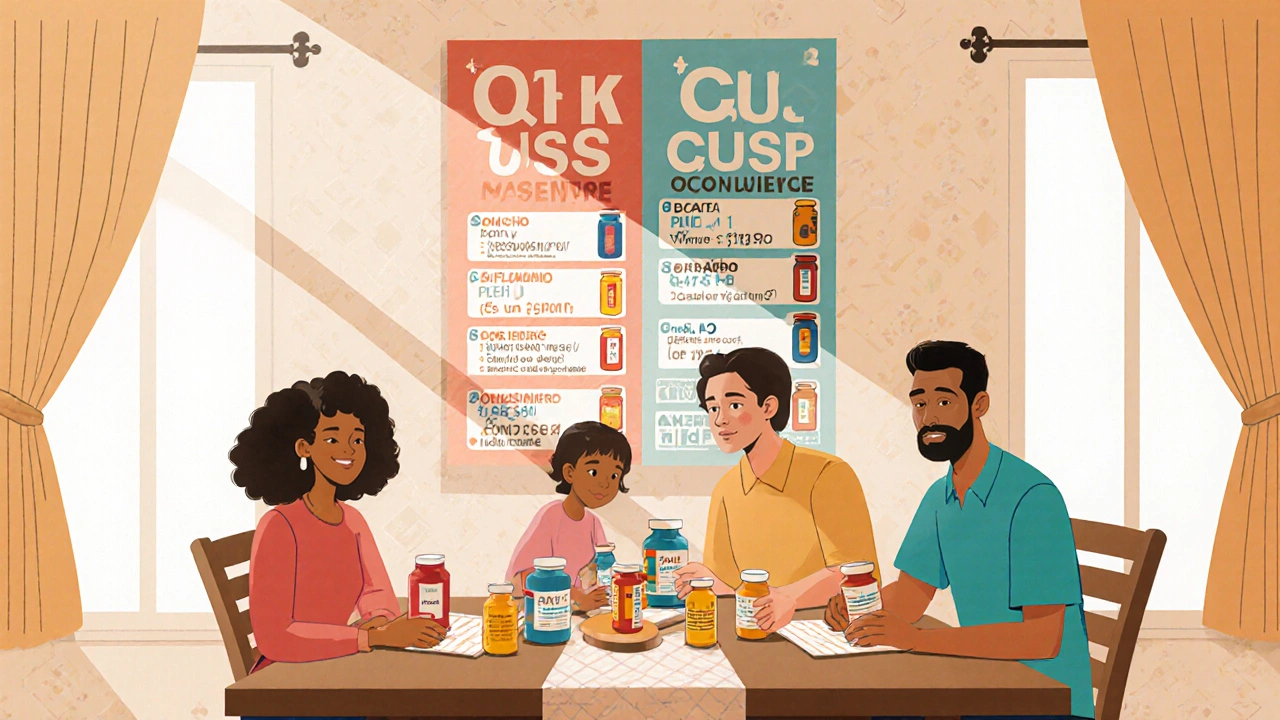Spanish Pharmacy Terms: Essential Words for Medications, Prescriptions, and Health Care
When you’re in a Spanish-speaking country and need medicine, knowing the right Spanish pharmacy terms, the vocabulary used in pharmacies and clinics to discuss medications, dosages, and health conditions. Also known as medical Spanish, it’s not just about translating words—it’s about understanding how prescriptions work, what labels mean, and how to ask for help when you’re sick. Many people assume they can get by with basic Spanish, but when you’re holding a pill bottle with instructions in Spanish and don’t know what tomar cada 8 horas means, you’re not just confused—you’re at risk.
Real pharmacy interactions involve more than just drug names. You need to recognize prescription terms, standard phrases used by doctors and pharmacists to direct how and when to take medicine like por vía oral (by mouth), con alimentos (with food), or sin receta (over-the-counter). You’ll also hear medication names, the Spanish versions of common drugs like ibuprofeno, paracetamol, or amoxicilina—many of which are the same as in English, but not always. For example, Tylenol is paracetamol in Spain and Latin America, not acetaminofén, which is used in some countries but not others. Mixing these up can lead to taking the wrong dose or missing critical warnings.
Pharmacists in Spanish-speaking countries often explain side effects, interactions, and storage rules in simple terms. If you don’t know what evitar la exposición al sol (avoid sun exposure) means for your medication, you might get a bad rash. If you don’t understand guardar en refrigeración (store in the refrigerator), your insulin could spoil. These aren’t just language lessons—they’re safety instructions. The same goes for recognizing warnings like no tomar con alcohol (do not take with alcohol) or contraindicado en embarazo (contraindicated in pregnancy). These phrases appear on labels, in conversations, and on patient information sheets.
What you’ll find in the posts below isn’t just a list of words. It’s real-world context. You’ll see how terms like analgésico (pain reliever) or antibiótico (antibiotic) connect to actual medications like ibuprofeno or amoxicilina, and how they relate to conditions like fever, infections, or inflammation. You’ll also see how these terms show up in patient guides, drug comparisons, and safety alerts—from fentanyl patches to antifungal creams. This isn’t textbook Spanish. It’s the language people use when they’re trying to get better, and you need to understand it to stay safe.

Spanish-Language Resources for Understanding Generic Medications
Free Spanish-language tools help patients understand that generic medications are safe, effective, and save money. Learn where to find trusted resources and how to explain generics clearly.
